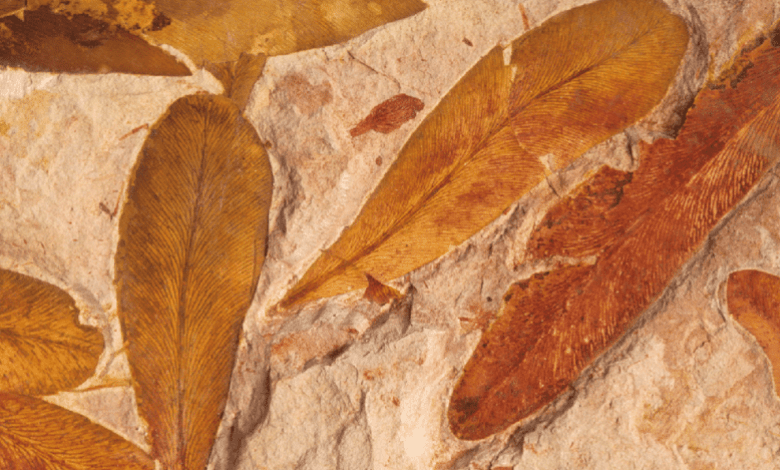This is Glossopteris Fossils’ Origin’s Climate

In the annals of Earth’s ancient flora, the name Glossopteris stands as a testament to a bygone era when these majestic seed ferns reigned supreme.
These enigmatic plants, now long extinct, were the giants of the coal forests or coal swamps, dominating the landscape from the later Carboniferous period to the end of the Permian.
What was the Climate of the Glossopteris’ Origin?
The global prevalence of coal swamps during this epoch was a consequence of a remarkable alignment of continents within the supercontinent known as Gondwana. The continents of Gondwana existed in close proximity, sharing similar wet and tropical climates, creating ideal conditions for the proliferation of Glossopteris.
It’s worth noting that some historical inaccuracies have crept into textbooks regarding the persistence of glossopterids into the later Triassic and even the Jurassic. These errors have arisen from the misidentification of leaves resembling Glossopteris, including species like Gontriglossa, Sagenopteris, and Mexiglossa.
How the Glossopteris Became Extinct
Unfortunately, Glossopteris’ heyday abruptly ended at one of the most disastrous periods in Earth’s history, the end-Permian mass extinction. Around 300 million years ago, at the beginning of the Permian epoch, the Glossopteridales, which had their origins in the Southern Hemisphere, perished, leaving behind a fossil record.
The intriguing distribution of Glossopteris across multiple continents led the eminent geologist Eduard Suess to propose a bold theory – that these southern continents were once united in a single supercontinent called Gondwana. Glossopteris, in many ways, serves as a botanical ambassador of this ancient supercontinent’s existence.
Throughout the Permian period, Glossopteris plants enjoyed unrivaled dominance in the southern flora, shaping ecosystems and landscapes. However, as the Permian epoch reached its conclusion approximately 250 million years ago, these majestic ferns began to vanish from the Earth’s surface.
While their presence in the Triassic period is scant, with only faint echoes found in the form of very early Triassic leaves discovered in Nidpur, India, even these records are not without controversy. The geological complexities of faulting and intricate stratigraphic arrangements at Nidpur have cast a shadow of doubt over these findings.
Glossopteris, with its fascinating history and global presence, serves as a poignant reminder of the ever-evolving story of our planet.
Also Read : How is Climate Change Affecting Mental Health?
These ancient ferns, once rulers of a different world, have left behind a botanical legacy that continues to captivate scientists and enthusiasts alike, offering glimpses into Earth’s distant past and the mysteries of Gondwana’s existence.



